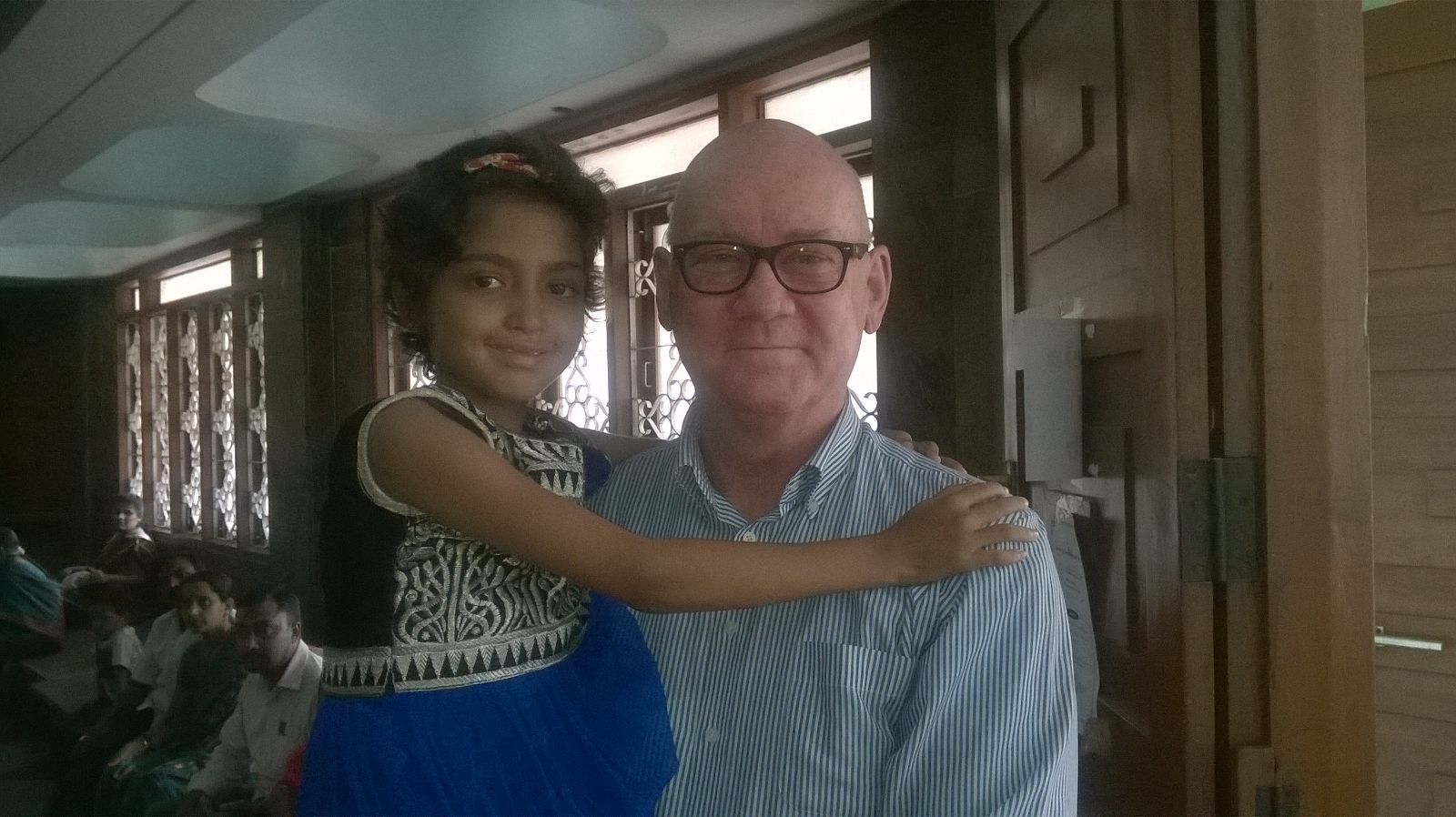The decision whether to undergo BMT might be a difficult one for many families and patients. As a general rule most children born with thalassemia who have regular access to appropriate supportive care may have a long and productive life. However, even if chelation therapy has made major steps forward and can potentially lead to negative iron balance, that is remove more iron than that supplied by transfusions, some important complications of thalassemia which are not necessarily related to iron overload, might still be a problem; examples of this are osteoporosis and chronic pain, pulmonary hypertension and blood-borne infections. In a country like India appropriate care may not always be affordable and/or accessible on a long term basis, and most individuals with thalassemia still do not reach adulthood. Lastly, health-related quality of life (HRQoL) is often an issue as well as being able to marry and bear children. Unfortunately we don’t really know the true frequency of deaths related to thalassemia or the impact of this disorder on HRQoL of individuals with severe thalassemia living in India. The issue is further compounded by major inequalities in access to health care so that thalassemia has very different severity depending on family socio-economic background or geographical location within India.

Data related to bone marrow transplantation (BMT) outcomes is more clear: A young child with a compatible brother or sister and no major iron overload or organ damage, which applies to most children below age 8 years, can have greater than 80% chance of cure with a 10% risk of dying from BMT and another 10% risk of transplant rejection and thus to remain thalassemic. When the BMT is successful most children will go back to a normal HRQoL and often be able to have children[2]. Of course, patient cured of Thalassemia through BMT should avoid marrying thalassemia carriers because in that case 50% of their children are at risk of having thalassemia. For older children long-term outcome after BMT depends largely on the degree of irreversible organ damage present at the time of transplant but in general success rate are greater than 60%. In terms of cost, BMT can range in India from 8 to 20 lacs depending on institutions and preparation protocols employed but in any case it is far less costly than many years of supportive care. Given the cost-effectiveness of transplant an increasing number of local governments in India are providing some coverage for BMT.
In conclusion, collecting more data on outcomes of severe thalassemia both in terms of mortality and morbidity as well as HRQoL would be very helpful to improve the ability to counsel families who often are confused as to what is the long-term outcome of their child with thalassemia with supportive care. In any case BMT should probably be considered for children younger than 8 to 12 year-old depending on medical condition and their immediate family members should undergo compatibility testing (HLA-typing).
References- Baronciani et al. Hemopoietic Stem Cell Transplantation in Thalassemia: A Report from the European Society for Blood and Bone Marrow Transplantation Hemoglobinopathy Registry, 2000–2010. Bone Marrow Transplantation 51, no. 4 (April 2016): 536–41. doi:10.1038/bmt.2015.293.
- La Nasa et al. Long-Term Health-Related Quality of Life Evaluated More than 20 Years after Hematopoietic Stem Cell Transplantation for Thalassemia.Blood 122, no. 13 (September 2013): 2262–70. doi:10.1182/blood-2013-05-502658.
